A few months ago, I had the privilege of joining a cohort of journalists and storytellers for a course on sustainable tourism at Cornell University. I'll share more about that experience in a future post, but it deepened my commitment to reporting on how industry leaders are tackling over-tourism, climate change, and the challenges faced by regions impacted by conflict. That’s what led me to Harry, co-founder of Offbeat Travel, a destination management company rooted in Latin America with a mission to decolonize travel. I hope you find this conversation as thought-provoking as I did!
What inspired you to start Offbeat Travel?
After many years of working on the delivery of travel programming, we noticed a certain level of disrespect, or more specifically, lack of value, for the people who organized and hosted the trips. In parallel, we started to do more and more research on just how big the worldwide tourism industry is and, specifically, how much of an economic impact it has on places like the Dominican Republic and Costa Rica if done right. We identified a need to maximize the economic benefits of travel that stay in the destination. We believed we could build strong educational programming that bridged the local impact with the pedagogical needs of educators and travel companies and really show people what we love about the island. My co-founder Ricardo in Costa Rica is my former colleague and mentor, and we lean on each other a lot to make sure we are challenging ourselves and our operational partners to build the highest quality programs for everyone involved. Costa Rica is a place where tourism is also a huge part of the economy, facing the same type of issues from it.
How do you balance highlighting popular tourist spots with promoting more sustainable and community-driven travel experiences in your destinations?
Keeping a community-centric approach is key. It is easy to get caught up in giving the traveler what they want, and we don't think to check them or point out how that might affect the community they are visiting or whether that’s a realistic view of the place they are visiting. Punta Cana is a perfect example of this. There are great resorts that have amazing sustainability practices, treat their employees well, control food waste, etc. As local experts, we make a point to highlight these places and incorporate them into our itineraries. For every Punta Cana itinerary we create, we include a day off the resort to visit Los Haitises National Park, and if the client is willing to, we even do an overnight at an eco-lodge near the park.
In general, we avoid these saturated areas in an effort to spread the wealth. We also try to use locally owned and operated businesses that keep good business practices and treat their employees well. Where we spend our tourism dollars is one of the biggest impacts we can have on communities when traveling.
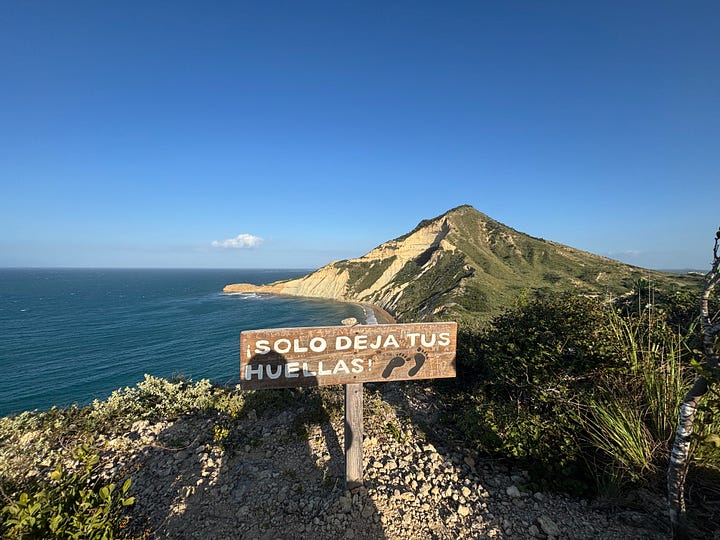
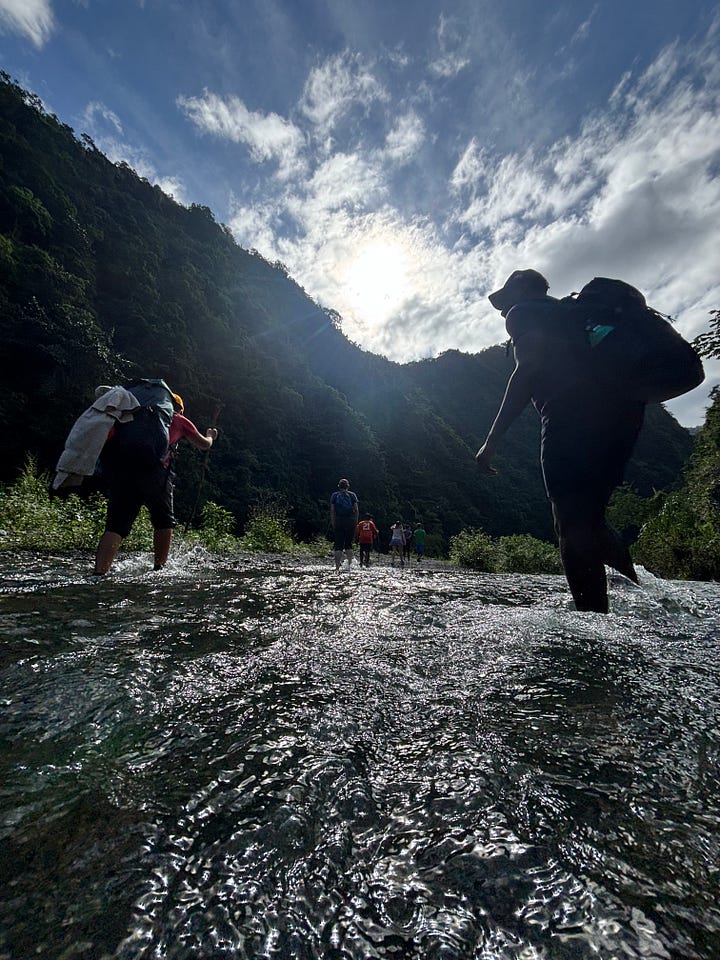
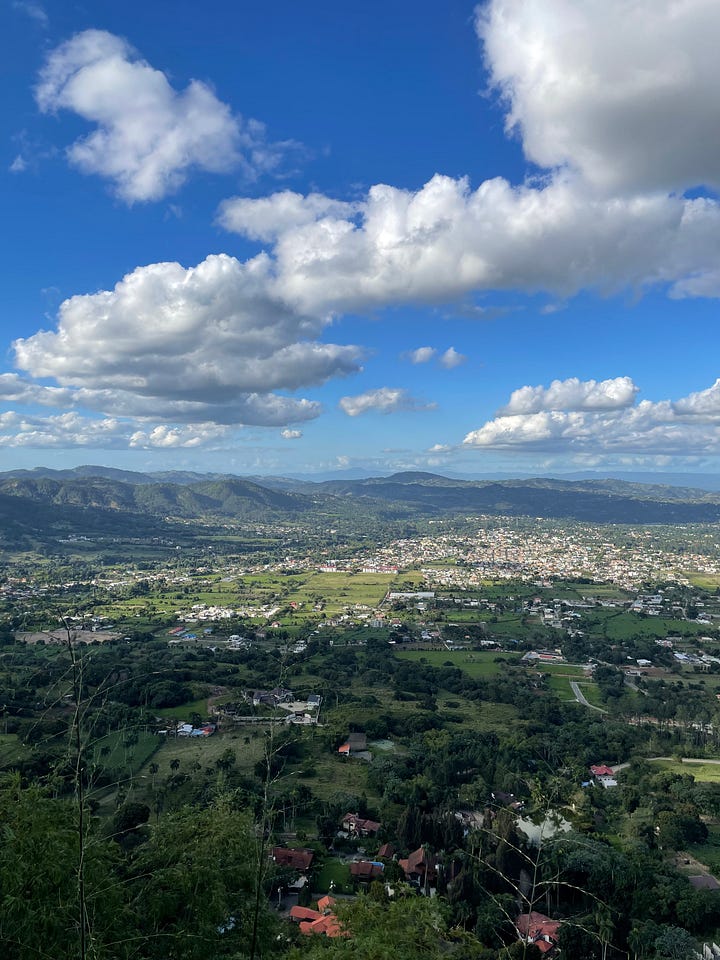
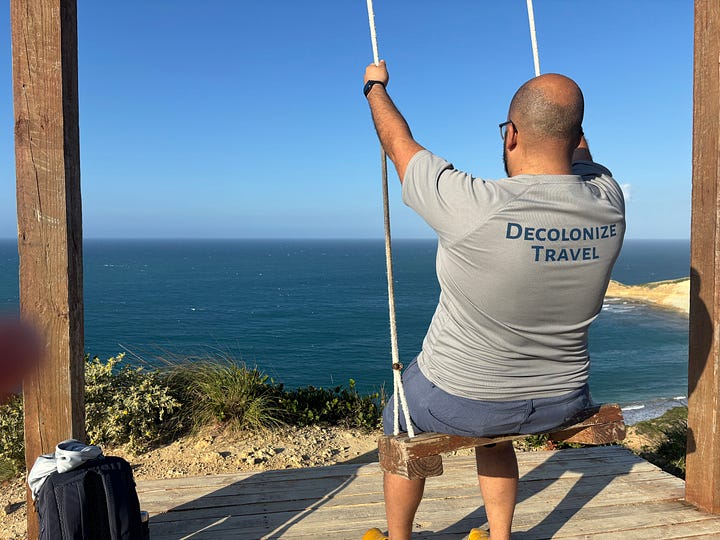
What opportunities does the Dominican Republic offer travelers seeking slow travel experiences, such as engaging with local artisans or learning traditional practices?
There are a ton of things we can do - our whole business model is built around this. We have a lot of these experiences “in our back pocket” from working with young people and school groups for so many years. If this is what you want, ask whoever is organizing your trip to share opportunities to understand your host community. We find that sharing a kitchen with someone sparks conversations about family, customs, and beliefs in more organic ways and draws connections across cultures. We encourage our travelers to slow down and, instead of visiting five locations to see highlights, visit two that contrast from each other and really get to know those places. Take a merengue lesson, craft a regional carnival mask, cook a big sancocho, learn about palos music, or dive deeply into Dominican Spanish.
How can visitors to the Dominican Republic immerse themselves in the country’s rich history and culture beyond its famous beaches?
The mountain towns are throughout the Cordillera Central - the mountain range that passes from the border of Haiti-DR towards Santo Domingo. People know us for our beach culture, but a lot of the country is mountainous. There are these beautiful mountain towns with cold rivers and food growing up mountainsides and herds of happy goats - they are so picturesque and welcoming and also embody the Dominican experience. One such town is Constanza, known as the country's breadbasket and offers cool temperatures, incredible mountain vistas, and unique swimming holes. This region of “el cibao,” as we call it colloquially, has a unique accent, culture, and history that goes back to the days of the Tainos, who took refuge in these mountains when the Spanish arrived.
What partnerships or initiatives does Offbeat Travel have with Dominican communities to promote eco-tourism and sustainability?
Eco-tourism is our focus. We like to say that sustainable travel is not a segment of tourism but rather all tourism done correctly. We take clients to Jarabacoa, Constanza, and Los Cacaos, communities that are not saturated with tourists and have incredible natural beauty to explore.
Through our work with student groups, we also engage in small-scale projects to support sustainable practices. Our students work alongside the engineers and scientists at Plan Yaque to learn about the cycle of water in the Dominican Republic's mountains and contribute to the construction of black water treatment systems that reduce the contamination going into those rivers. They also work alongside the scientists and conservationists at FUNDEMAR to help protect our coast via direct projects on coral restoration. As well as with grassroots community members on Isla Saona to help preserve the sea turtles that nest there. We also partner with organizations such as Tierra Urbana to compost and recycle in our Santo Domingo offices, and we hope to expand that to all of our programs.
How does Offbeat Travel address challenges like over-tourism or environmental degradation in the Dominican Republic, particularly in popular areas like Punta Cana or Samaná?
First of all, by working to avoid those locations. We often get tunnel vision for destinations, especially in the age of influencers and social media. So, instead of Punta Cana, let's visit Miches or Bayahibe. Instead of Las Terrenas, let's visit Las Galeras in Samana. Or better yet, instead of visiting the east coast (Punta Cana / Samana), let's go down to Bani, Barahona, Palmar de Ocoa, etc. These boast beautiful coasts and great activities and are rarely visited by tourists. We work to incorporate these areas into the itineraries to expose clients to different locations and spread our tourism monies in communities that aren’t as popular.
We also vet our vendors to see how they handle their waste, where they source their water, and other ways to reduce environmental impact. Unfortunately, within our space, it’s hard to guarantee that these best practices are kept, but at least by measuring and working to curb, we start the process.
What misconceptions about the Dominican Republic do you aim to dispel through Offbeat Travel, and how do you encourage travelers to see it as more than just a beach destination?
There are a lot of misconceptions about the DR, even through the lens of the diaspora. It’s something we navigate regularly. There are so many second-and third-generation Dominicans approaching the travel age, and it’s been amazing to learn from their eyes what makes this country special and what connects them to the island. Some of these travelers have beautiful, passed-down memories of food, music, and the countryside, and some carry misconceptions about the island based on the portrayal of resort culture and family narratives of “emigration.” We need to validate everyone’s concerns and offer them first-person perspectives.
The DR has a huge, growing middle class, and Dominicans are excellent tourists in their own country. We go to places loved by local travelers and recommended by our team, guides, and community members. So, while external tourism tends to concentrate on the resorts, you’ll see that people are always on the move within the country - visiting friends, family, and new cities and checking out beaches and rivers they’ve heard about. This isn’t to say that you won’t find locals at the resorts (it’s very popular for families to go to Punta Cana for a weekend).
We draw our out-of-town travelers to these places—nature, cities, and the countryside—to see what life is like on a typical day. Our culture is very welcoming and festive, and we love to feed people. We inspire music, dance, and community and love being outdoors. Seeing these sides of our culture will balance the misconceptions. There is also a time for directly addressing misconceptions when they come up, which our guides are adept and experienced at doing.
What advice do you have for travelers visiting the Dominican Republic who want to minimize their environmental footprint while still enjoying a rich, immersive experience?
Slow down. As I said before, go to one or two places and stay there for a while. Leave convenience culture behind. Sit at the restaurant and enjoy a midday meal and a long break during the hottest part of the day. Drink jugo natural instead of sodas and bottled water. Sit on the porch in a rocking chair with the evening breeze instead of in the AC. Keep the windows open and use the mosquito nets, if needed. If you want to move, take a nighttime walk down the malecon. Don’t try to go to all of the places or see all of the things. Basically, act like a local old person.
And eat restaurants that serve local food - there is so much food grown here, and if you’re eating traditional Dominican dishes, chances are higher that the produce and meat are from here. (Nobody imports goat, yuca, plantains, or coconut into this country - there’s more than enough here!)
Can you share a success story where Offbeat Travel helped connect visitors to a Dominican community or supported a local conservation effort?
Fortunately, we’ve been working in the Dominican Republic for over 13 years and have many stories of successful projects. The one that is most front of mind is our project in the community of Monte Coca in the area of San Pedro de Macoris / Hato Mayor. These communities, traditionally of sugar cane workers, have some of the lowest living standards in the country, often lacking running water, electricity, and sewage. A place where latrines are still the norm, just a few short miles away from luxury condos that line our beaches.
We started working in Monte Coca in 2012 along with our partner ASCALA, cementing floors and building latrines with groups of students. Our students quickly pointed out that they saw little sense in cementing the floor of a house with a leaky roof, walls full of termite and literally looked like it was about to blow over. In 2014, we committed instead to building homes from scratch. This was a shift from impacting more families by building latrines for multiple families to building a project for one family at a time. Given our scope, we could really only do one a year. For this to work, the community had to be united, so we gave the community some essential criteria to prioritize single mothers, families with children, and the elderly. But even within that, there were dozens of houses. We were convinced that the project would fall apart here. It's REALLY hard to choose who goes first in a grassroots project like that. We left the meeting, and the community proved us wrong. Before we reached the main road, they had texted us a list of the houses prioritized from 1-10, and we worked off that list and moved on to the second. We’re now almost done with the second list, having constructed over 15 homes over the course of the past ten years, all using local labor, a local hardware store, tourist volunteers, and the money they bring by traveling with us.
My last question is always about souvenirs. Can you tell me the souvenirs that perfectly transport you to the Dominican Republic?
Yes. Great question. There are some gorgeous local chocolate makers, like Kah Kow, that make bars of strong, dark chocolate. Grab one of those, a wooden pilon (mortar and pestle) from the grocery store (all grocery stores stock them), crush up some of that chocolate bar in the pilón, and make yourself a chocolate caliente. Serve it alongside some dulce de coco and maybe a glass of local rum or mamajuana.
You’ve just been transported.
— https://www.offbeattravel.us

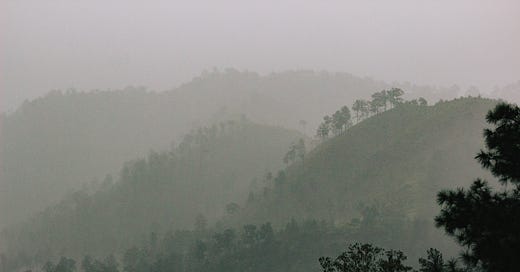


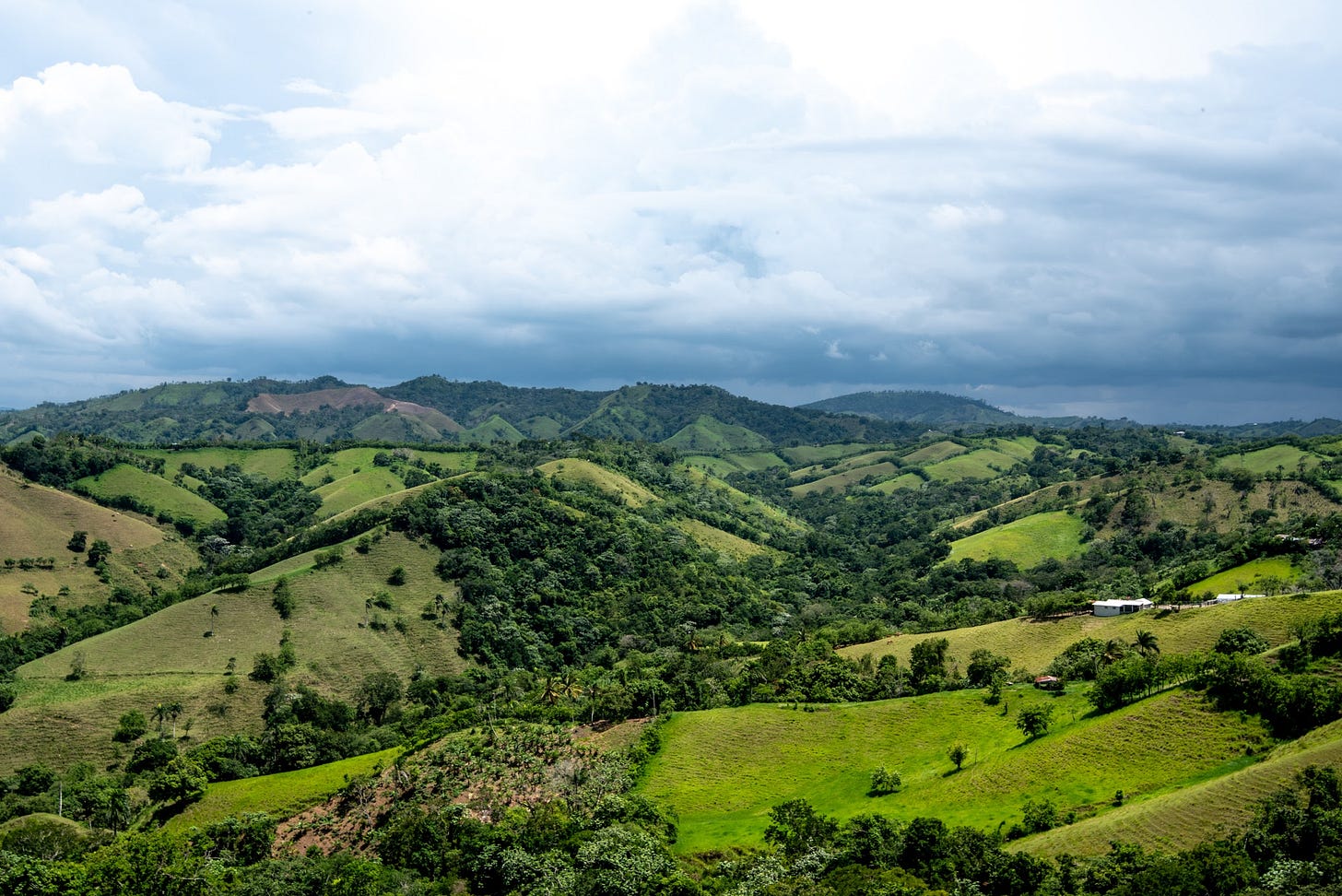

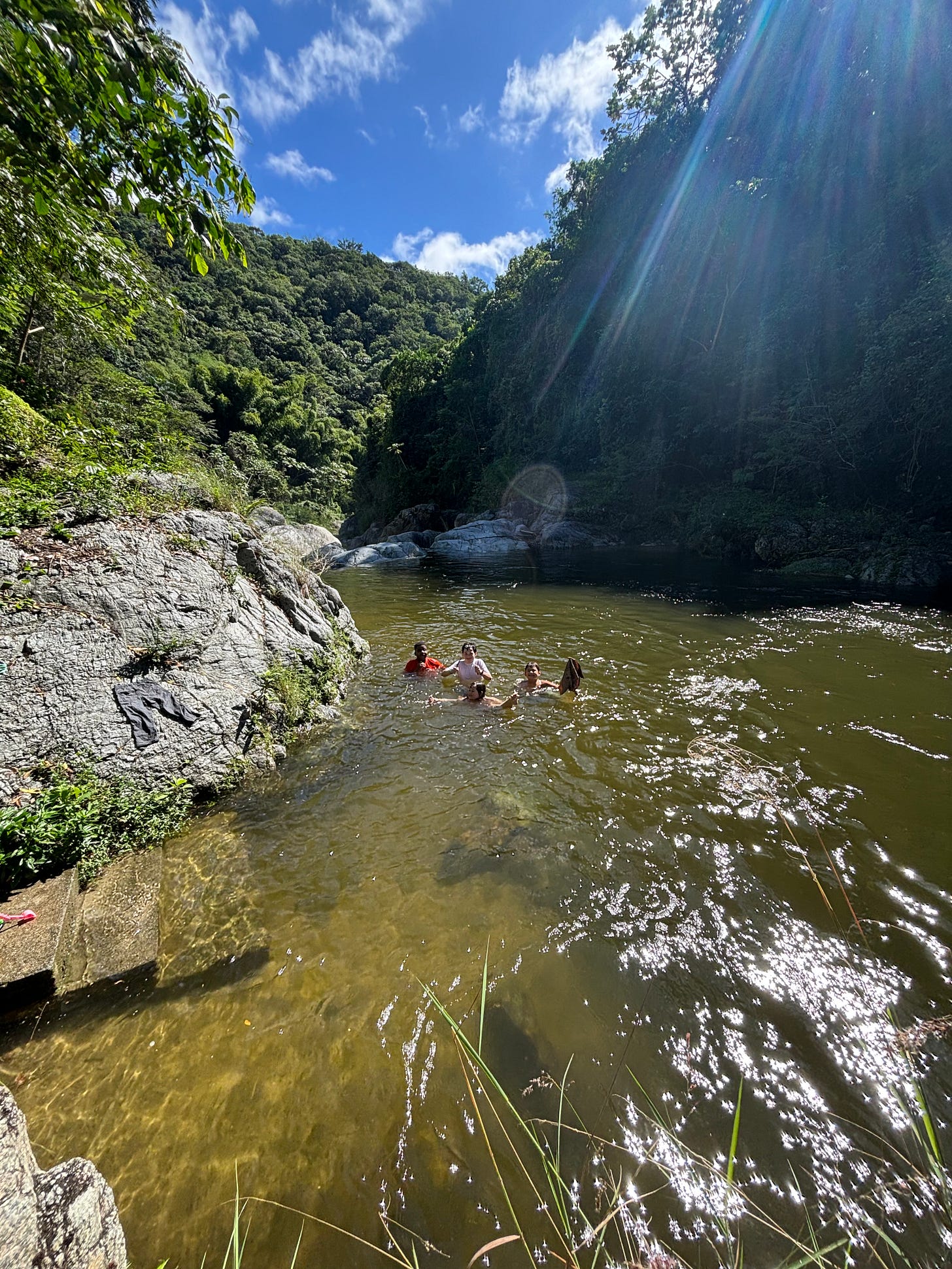
Beautiful interview! I would loveeee to take a chocolate making class and walk away with my own cacao to drink at home. A dream!!!
Love this article, Lourdes! What a beautiful way to travel and experience local culture!